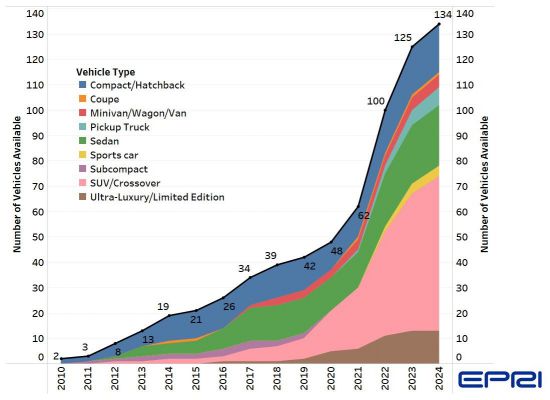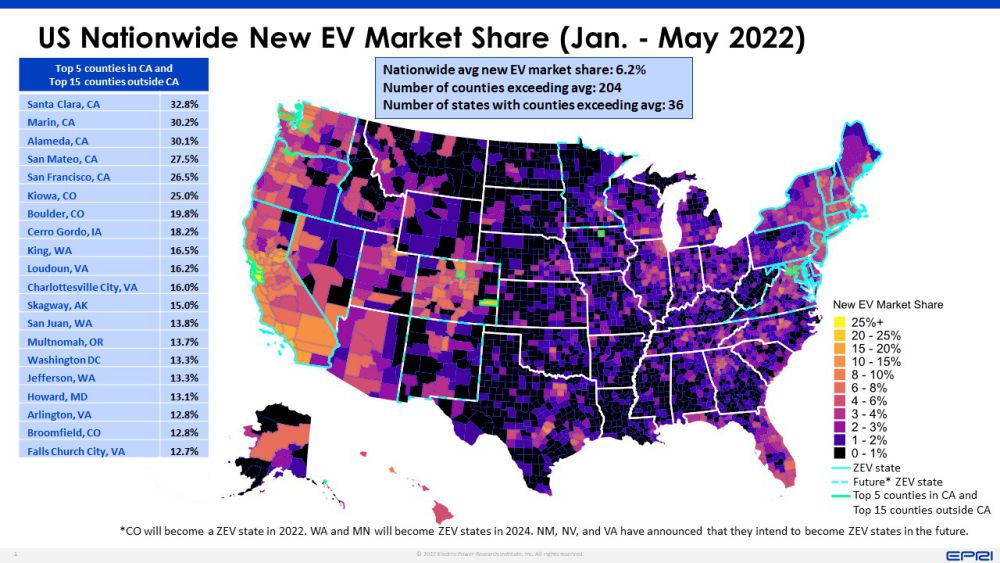Electric Transportation 101
Background Information
Industry Facts
Market transformation is underway and electric transportation is expanding quickly:
- Since December 2010 through March 2022, more than 2.5 million EVs have been sold in the U.S.
- New electric vehicles (EVs) added 8.25 terawatt-hours in annual energy load to the U.S. grid. (as of April 2022)
- Global EV sales are accelerating, particularly in Europe and China.
- Globally, EV sales have exceeded 6.6 million (8.5% of the market) despite a global pandemic. This is especially true where supported by strong policy and EV supply.
- The diversity of products is growing quickly. In the United States, a total of 100 EV models are available, including recent releases of crossovers, trucks, and sports utility vehicles.
- By 2024, we can expect that there will be an availability of more than 130 models of light-duty EVs. Also by 2024, the average driving range of fully-electric vehicles is expected to be approximately 270 miles (430 km).
- Dozens of EV applications for commercial and industrial fleets are emerging, including deployments of electric garbage trucks, transit buses, and school buses as well as short- and medium-haul trucks.
- Between 2026 and 2028, EVs are expected to reach price parity with gasoline-fueled vehicles (depending on vehicle size).
Benefits for Society, Time-Sensitive Action
EVs are fun to drive, comfortable, safe, and convenient to refuel. They also offer a wide array of societal, climate, environmental and public health benefits:
- The gasoline-free driving experience offered by EVs can cut vehicle emissions which in turn improves air quality - which is especially critical in frontline communities adjacent to heavily trafficked roadways.
- EVs help to shift our energy reliance to domestic sources.
- EVs can cost less to operate over their lifetime thanks to fewer moving parts which require less maintenance as well as purchase incentives, lease options, and discounted electricity rates.
According to an EPRI-Natural Resources Defense Council study, widespread electric transportation powered by a cleaner grid has the potential to reduce greenhouse gases by as much as 77% between 2015 and 2050. However, EV market transformation is time-sensitive: Because cars sold today are expected to last an average of about 12 years—with many lasting a decade longer—postponing the scale-up of EVs could result in missing 2030 climate targets.

